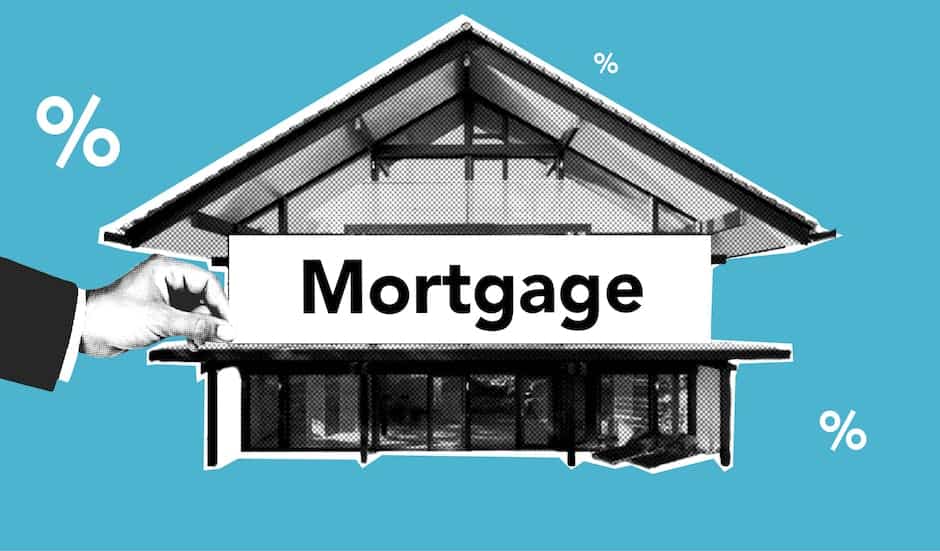
Exploring Credit Tenant Lease Financing in Real Estate Investments
Real estate investments offer a variety of financing options, one of which is credit tenant lease (CTL) financing. This type of financing is particularly attractive for investors looking to acquire properties with long-term, creditworthy tenants. In this article, we will explore the ins and outs of CTL financing, its benefits, and how it can be a valuable tool for real estate investors.
What is Credit Tenant Lease Financing?
Credit tenant lease financing is a specialized form of real estate financing that focuses on properties with long-term leases to creditworthy tenants. These tenants are typically large corporations, government agencies, or other entities with strong credit ratings. The financing is structured around the lease, with the tenant’s creditworthiness and lease payments serving as the primary source of loan repayment.
Key Features of CTL Financing
There are several unique features that set CTL financing apart from other types of real estate financing:
- Non-recourse loans: CTL loans are typically non-recourse, meaning the lender’s only recourse in the event of default is to take possession of the property. This can be advantageous for investors, as it limits their personal liability.
- Long-term financing: CTL loans often have terms that match the length of the tenant’s lease, which can be 10 years or more. This provides long-term, stable financing for the investor.
- Fixed interest rates: Most CTL loans have fixed interest rates, providing predictability in loan payments and reducing interest rate risk.
- High loan-to-value (LTV) ratios: CTL financing typically allows for higher LTV ratios than traditional real estate loans, often up to 100% of the property’s value. This can enable investors to acquire properties with little or no down payment.
Benefits of CTL Financing for Real Estate Investors
There are several benefits to using CTL financing for real estate investments:
- Stable cash flow: With long-term, creditworthy tenants in place, investors can enjoy stable cash flow from lease payments. This can be particularly attractive for investors seeking consistent income from their investments.
- Lower risk: The creditworthiness of the tenant and the non-recourse nature of the loan can reduce the overall risk of the investment. Additionally, the fixed interest rate helps mitigate interest rate risk.
- Greater leverage: The high LTV ratios available with CTL financing can allow investors to acquire properties with little or no down payment, increasing their potential return on investment.
- Portfolio diversification: Investing in properties with creditworthy tenants can provide diversification within a real estate portfolio, as these properties may be less susceptible to market fluctuations and economic downturns.
Case Study: Walgreens and CTL Financing
One notable example of a company that frequently utilizes CTL financing is Walgreens, the largest drugstore chain in the United States. Walgreens often enters into long-term, triple-net leases for its store locations, making them prime candidates for CTL financing.
In a triple-net lease, the tenant is responsible for all property expenses, including taxes, insurance, and maintenance. This type of lease is attractive to investors because it minimizes their responsibilities and provides a predictable income stream.
Walgreens’ strong credit rating and the stability of the drugstore industry make these properties attractive to lenders, allowing for high LTV ratios and favorable loan terms. As a result, investors can acquire Walgreens properties with little or no down payment, leveraging their investment and potentially increasing their return on investment.
Considerations for Investors
While CTL financing offers many benefits, there are also some considerations for investors:
- Tenant credit risk: The success of a CTL investment is heavily reliant on the creditworthiness of the tenant. Investors should carefully evaluate the tenant’s financial stability and industry outlook before proceeding with a CTL investment.
- Property location and condition: As with any real estate investment, the location and condition of the property are crucial factors in determining its value and potential for appreciation. Investors should conduct thorough due diligence on the property and its surrounding area.
- Loan terms and prepayment penalties: Investors should carefully review the terms of the CTL loan, including any prepayment penalties or restrictions on refinancing. These factors can impact the investor’s ability to exit the investment or take advantage of favorable market conditions.
Conclusion
Credit tenant lease financing can be a valuable tool for real estate investors, offering stable cash flow, lower risk, and greater leverage. By carefully evaluating the tenant’s creditworthiness, property location and condition, and loan terms, investors can make informed decisions about whether CTL financing is the right fit for their investment strategy. With the right approach, CTL financing can provide a solid foundation for long-term real estate investment success.